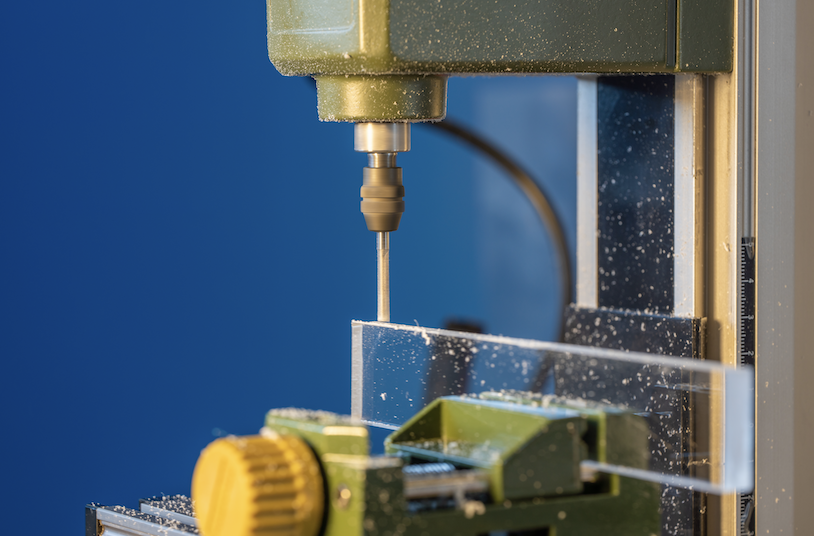Understanding Plastic Fabrication: How It Works
Understanding Plastic Fabrication: How It Works
Blog Article

Plastic fabrication is the process of designing plastic products using various methods. This industry plays a crucial Plastic Fabrication role in a wide range of sectors, including medical and aerospace. In this article, we will explore the key aspects of plastic fabrication, covering its approaches, applications, and benefits.
Plastic Fabrication Methods
There are several common methods for fabricating plastic, each suited for specific end products. These include:
- Thermoforming: Heating plastic sheets to form various shapes.
- Injection Molding: Pressing molten plastic into a cast to create complex parts.
- Blow Molding: A process used for tube-like plastic products, such as bottles.
- Extrusion: Molding plastic by pushing it through a shaped opening.
- CNC Machining: Cutting plastic with automated machines.
Where is Plastic Fabrication Used?
Plastic fabrication is used in many industries, including:
- Medical: Production of surgical tools.
- Automotive: Producing lightweight, durable vehicle parts.
- Electronics: Constructing casings, circuit boards, and insulation materials.
- Packaging: Developing wrappings for consumer goods.
- Construction: Fabricating PVC pipes, insulation panels, and structural components.
The Benefits of Plastic Fabrication
There are several key benefits to plastic fabrication, including:
- Cost-Effectiveness: Minimized material and production costs.
- Durability: Resistant to chemicals.
- Flexibility: Easily molded into different shapes and sizes.
- Lightweight: Great for transportation applications.
- Recyclability: Eco-conscious material options.
Final Thoughts
Plastic fabrication is a versatile process that drives innovation across many industries. With improvements in technology, the future of plastic fabrication continues to grow. Whether in construction, the role of plastic fabrication remains crucial.
Report this page